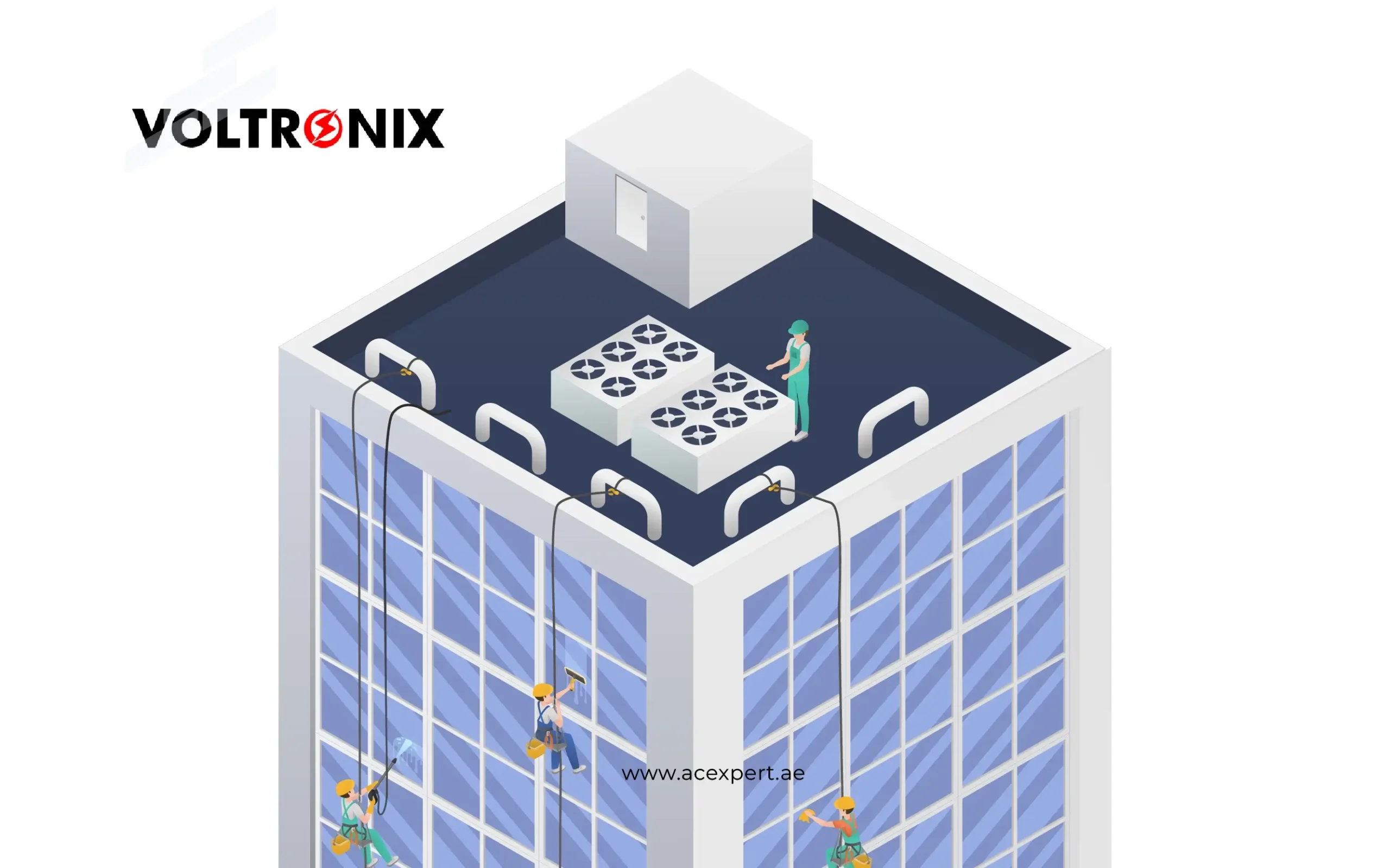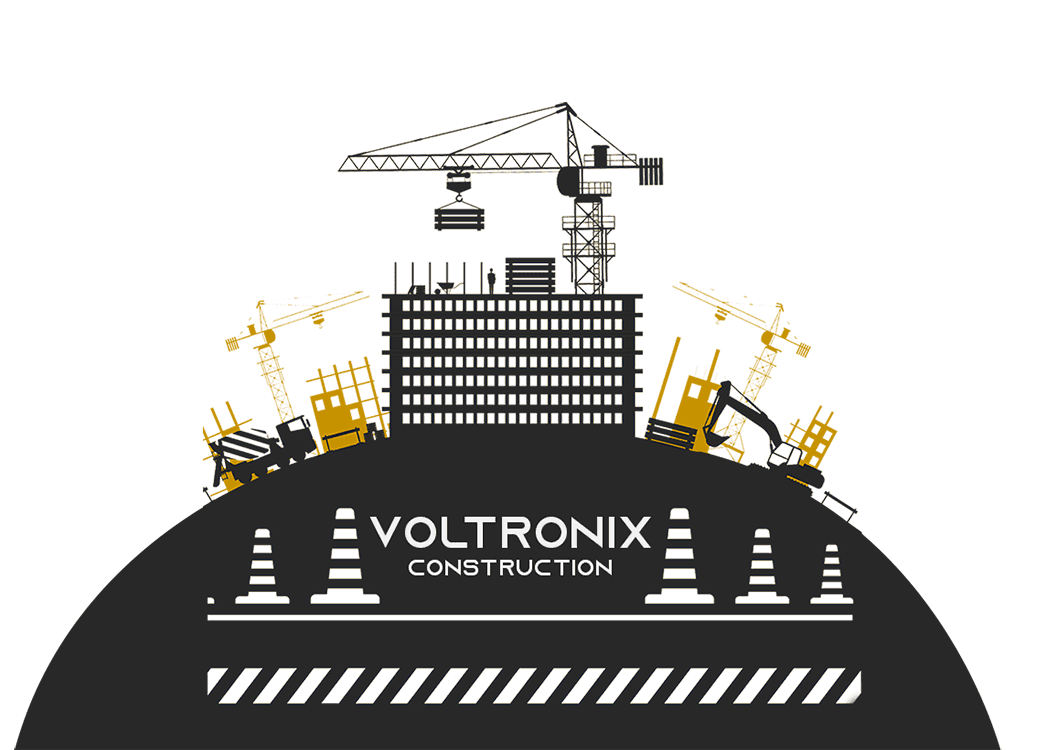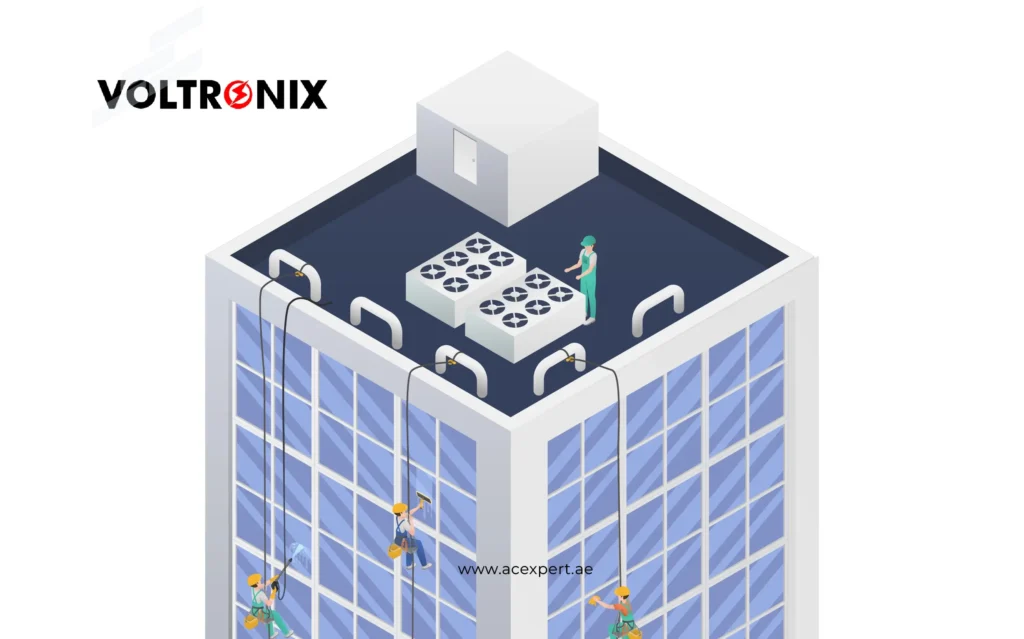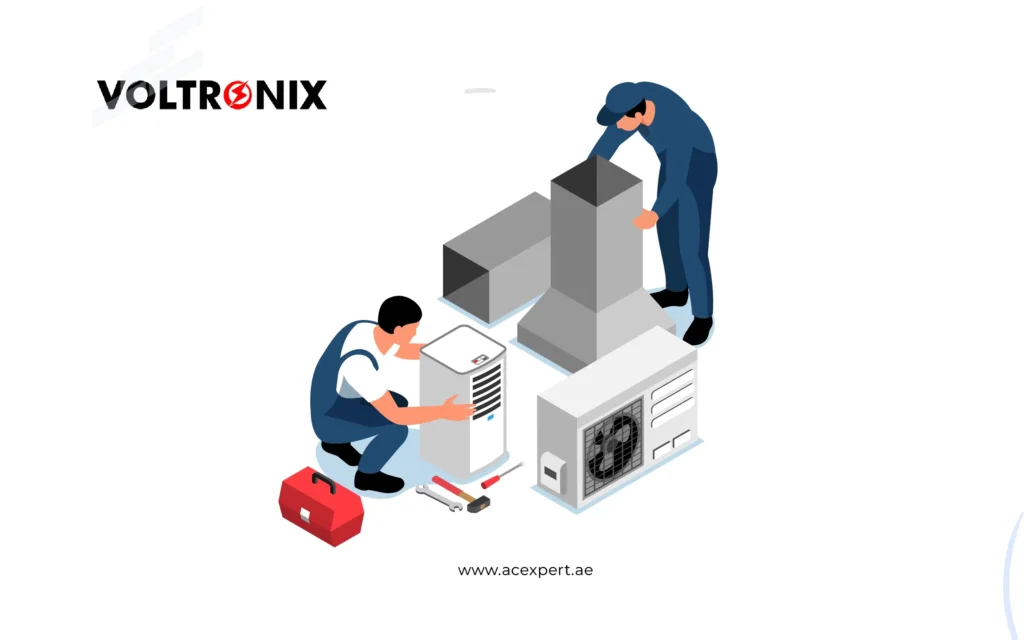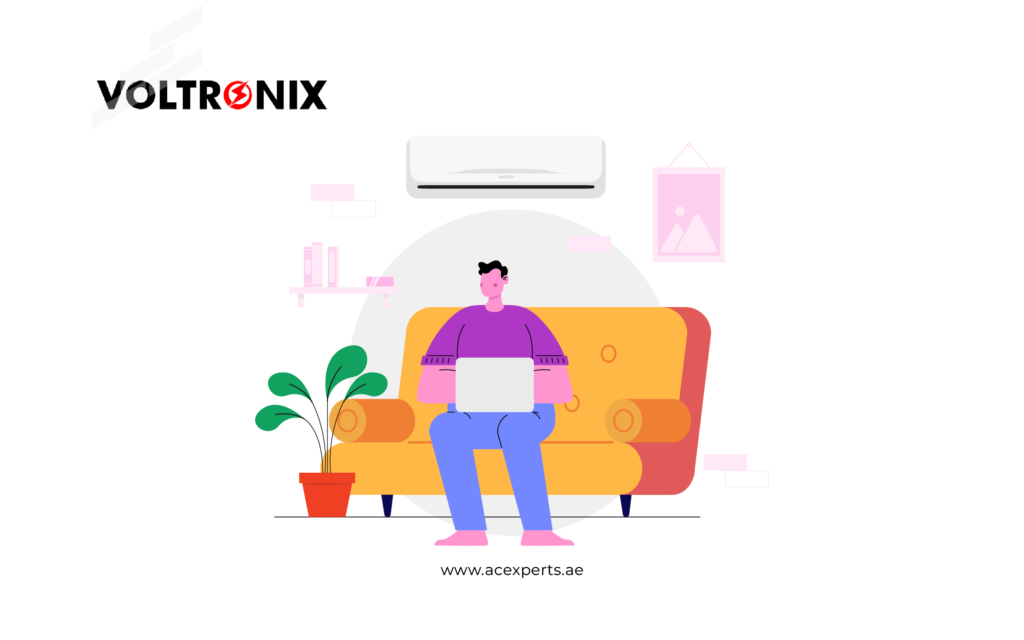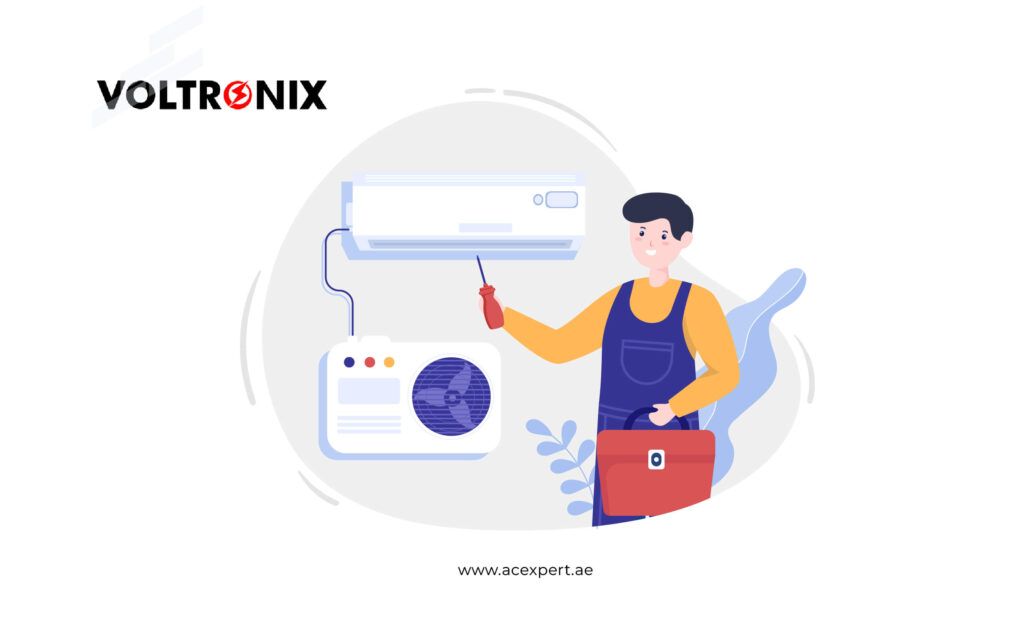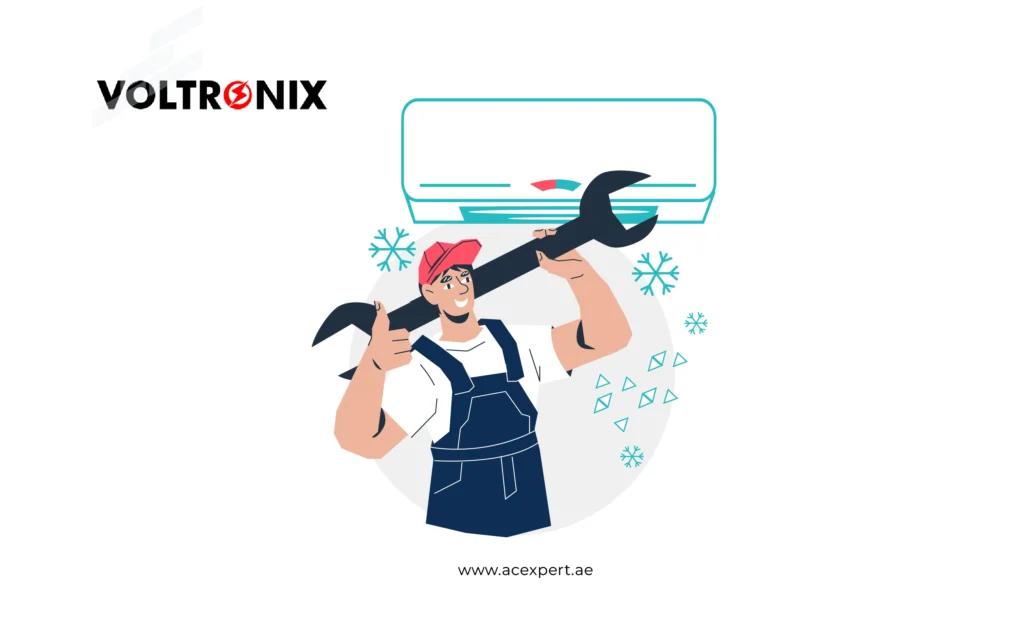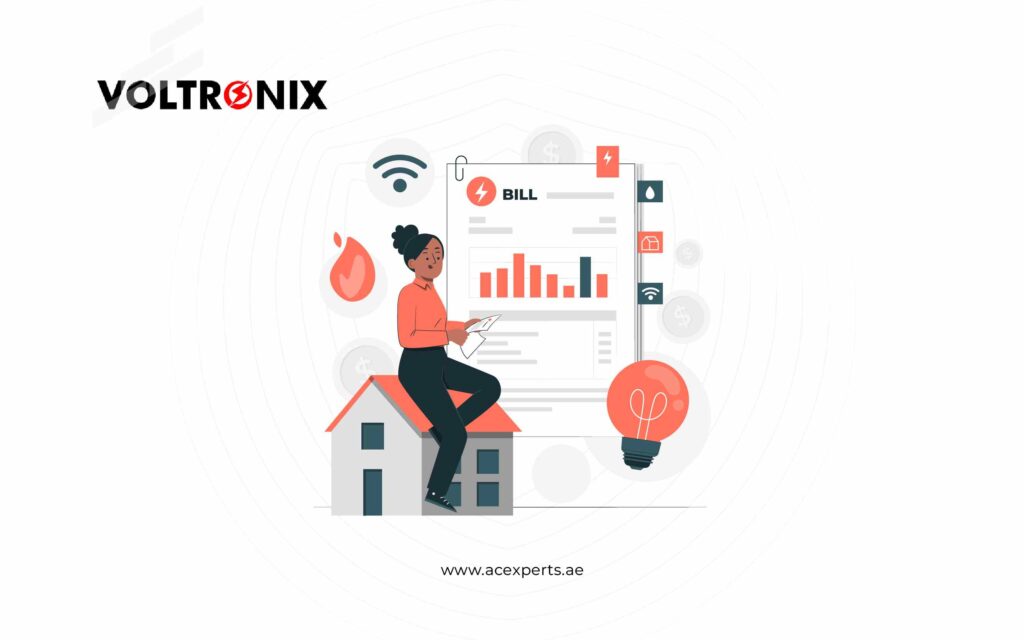Are you tired of disagreements over the thermostat in your office? Sick of paying those excessive heating and cooling bills every summer and winter? What if providing everyone in your building the ideal temperature to suit their individual tastes could mean paying less and better caring for our planet? The technology to have it all is not made up; it’s a reality, and it’s called a Variable Refrigerant Flow (VRF) System.
For building owners, facility managers and builders/developers, choosing your HVAC system is one of the most important decisions that affects the long-term value of your property, tenant satisfaction and your bottom line. While traditional heating and cooling systems work, the benefits to a VRF system are game-changing. Here are some more reasons why a VRF AC system is possibly the best investment you could make for your building.
First, What exactly is a VRF AC System?
Visualize your traditional HVAC system as a toggle switch: either 100% on or it’s off. This constant upcycling is inefficient and hard on equipment.
Conversely, a VRF system is like a precision dimmer switch. VRF (Variable Refrigerant Flow) is a smart, ductless solution that utilizes a single outdoor unit with multiple indoor units. Its smart inverter compressor varies the speed of the motors, and the flow of refrigerant, to provide the precise amount of heating or cooling required at any moment. This difference is at the heart of its tremendous benefits.
The Key Benefits of Installing a VRF AC System
1. Superior Energy Efficiency
This is the headline feature. By avoiding the energy-intensive stop-start cycle and running consistently at low speeds that match the building’s actual demand, VRF systems are incredibly efficient. They can reduce HVAC energy consumption by 30-40% or more compared to traditional systems, directly translating to lower utility bills and a smaller carbon footprint.
2. Precise Temperature Control
Say goodbye to hot and cold spots. VRF technology allows for razor-sharp temperature control, maintaining your set point within a fraction of a degree. This creates a consistently comfortable environment that occupants will appreciate.
3. Simultaneous Heating and Cooling
This is a game-changer. With Heat Recovery (HR) VRF models, a single system can heat one area while cooling another. For example, a sun-drenched conference room can be cooled while a north-facing office is heated, all simultaneously. The system intelligently moves heat energy from where it’s not needed to where it is, boosting efficiency to incredible levels.
4. Zoned Comfort & Customized Zoning
VRF is the ultimate zoned system. Each room or zone has its own indoor unit and thermostat, giving individuals full control over their immediate environment. This eliminates disputes over the thermostat and ensures that unoccupied spaces aren’t conditioned unnecessarily, saving even more energy.
5. Flexible Design and Installation
VRF systems are an architect’s and engineer’s dream. The small, flexible refrigerant piping is much easier to route through tight spaces than bulky sheet metal ductwork. This allows for greater design freedom and is perfect for:
- Retrofits and historical buildings where ductwork is impractical.
- Buildings with limited ceiling void space.
- Multi-use complexes with diverse space requirements.
6. Reduced Ductwork
By minimizing or eliminating ducts, you reduce energy losses, save on material costs, and free up valuable square footage. Less ductwork also means fewer places for dust, allergens, and contaminants to accumulate.
7. Quiet Operation
Comfort is more than just temperature. VRF systems are exceptionally quiet. The outdoor units use advanced sound-dampening technology, and the indoor units operate at whisper-quiet levels, making them ideal for offices, hotels, hospitals, libraries, and high-end residences.
8. Improved Air Quality
With reduced ductwork, you minimize a major source of air contamination. Many VRF indoor units also feature multi-stage filtration systems that capture dust, pollen, bacteria, and other airborne particles, significantly improving the indoor air quality (IAQ) for all occupants.
9. Advanced Controls and Monitoring
Manage your building’s climate with smart, centralized control. Modern VRF systems integrate with sophisticated building management systems (BMS), allowing for remote monitoring, scheduling, and diagnostics from a computer or smartphone, giving you unparalleled oversight and control.
10. Fewer Breakdowns and Lower Maintenance
The variable-speed operation places less stress on the compressor and other components compared to the constant jolting of traditional systems. This results in less wear and tear, leading to greater reliability, fewer AC repair needs, and improved overall performance.
11. Low Downtime and Easy Maintenance
When maintenance is required, the modular nature of VRF systems is a major advantage. If one indoor unit needs service, it doesn’t shut down the entire system. The rest of the zones can continue operating normally, ensuring business continuity and comfort.
12. Scalability and Easy Expansion
Building an addition or renovating a floor? VRF systems are inherently scalable. It’s often straightforward to add more indoor units to the existing refrigerant network, allowing your HVAC system to grow and adapt with your building’s needs without a complete overhaul.
13. Long-Term Cost Savings
While the initial investment for a VRF system can be higher than for conventional systems, it’s a classic case of “pay now, save later.” The combination of dramatic energy efficiency, reduced maintenance costs, and increased longevity results in an excellent Return on Investment (ROI) over the life of the system.
Is a VRF System Right for Your Building?
VRF technology is versatile and excels in a wide range of applications, including:
- Office Buildings
- Hotels and Multi-Family Residences
- Healthcare Facilities
- Educational Institutions
- Historical Building Renovations
- Large, Custom Luxury Homes
A Quick Consideration
The primary consideration is the higher upfront cost and the need for specialized installation. VRF systems are complex and must be designed and installed by certified professionals to ensure they perform as promised and maintain their warranty. This investment, however, is justified by the long-term savings and superior performance.
VRF vs. Traditional Systems: A Quick Comparison
A simple table can be very effective.
Feature | VRF System | Traditional HVAC (e.g., Chiller/Boiler) |
Energy Efficiency | Very High | Moderate to Low |
Zoning Control | Excellent, Individual | Limited, by zone |
Simultaneous Heating/Cooling | Yes (Heat Recovery models) | No |
Space Requirements | Minimal Ductwork | Extensive Ductwork |
Upfront Cost | Higher | Lower |
Operational Noise | Very Quiet | Can be Noisy |
Conclusion: The Future of Comfort is Variable
When you select a VRF AC system, it is more than an upgrade to your HVAC system. Ultimately, you are making a strategic decision that prioritizes increased comfort, creates operational efficiency, and value for your property. The VRF system provides a solution to an accountant assessing bottom line numbers, and occupants who want the perfect environment.
Are you ready to quit compromising and enjoy the exceptional benefits that a VRF provides?
Please contact us today for a complimentary, no-obligation consultation; we would love to show you how our VRF solution can be designed specifically for your building to provide the ultimate in comfort and savings.

